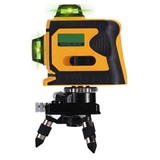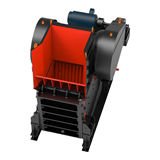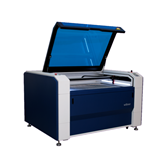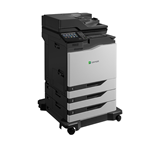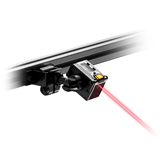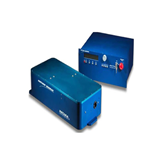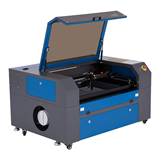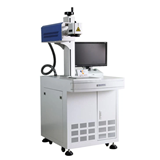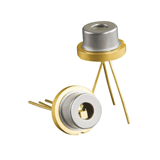The innovation was created by an international team of scientists, including Dr David Moss, from the University of Sydney's School of Physics.
Featured on the front cover of the prestigious journal Nature Communications on 4 April, it is the first laser to be mode-locked making it highly precise, ultra-fast and ultra-small.
"Our new laser opens up a whole field of possibilities in terms of high precision, ultra-small, integrated lasers," Dr Moss, who is based at CUDOS- the ARC Centre of Excellence for Ultrahigh Bandwidth Devices for Optical Systems - and the Institute of Photonics and Optical Science at the University of Sydney said.
"It's the first time we've been able to use a micro-cavity resonator to lock the modes of a laser, which is how ultra-short pulsed lasers are created. Lasers that have their modes locked generate the shortest optical pulses of light," Dr Moss explained.
Making lasers that can pulse at very high and flexible repetition rates - much higher than those achieved with electronics - is a field that has been pursued by scientists around the world. Different research groups have proposed a variety of solutions to creating these lasers, but this is the first success.
"Our new laser achieves extremely stable operation at unprecedentedly high repetition rates of 200 Gigahertz, while maintaining very narrow line widths, which leads to an extremely high quality pulsed emission," Dr Moss said.
The team Dr Moss worked with included scientists from Institut National de la Recherche Scientifique in Canada, the Istituto per i Processi Chimico-Fisici part of the Consiglio Nazionale delle Ricerche in Italy and Infinera Ltd in the USA.
"As well as being ultra small this new laser is versatile, stable and efficient which offers many exciting applications in a huge range of areas," Dr Moss said.
"It will have applications in computing, measuring and diagnosing diseases, and processing materials - all areas where lasers are already used. It will also open up entirely new areas such as precision optical clocks for applications in metrology, ultra-high speed telecommunications, microchip-computing and many other areas."
This work by Dr Moss on the new laser continues his success in computing innovation, for which he won the 2011 Australian Museum Eureka Prize for Innovation in Computer Science.


